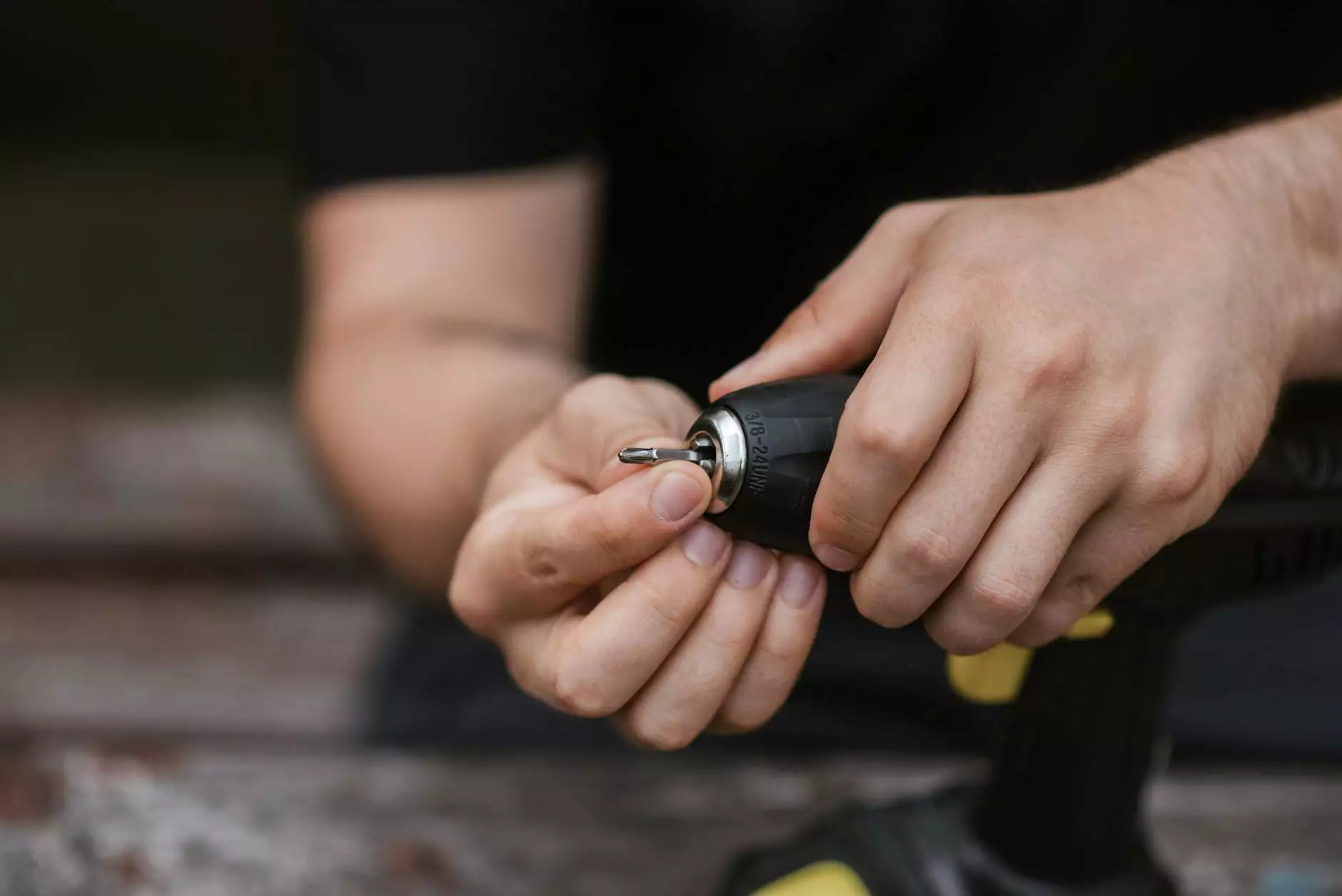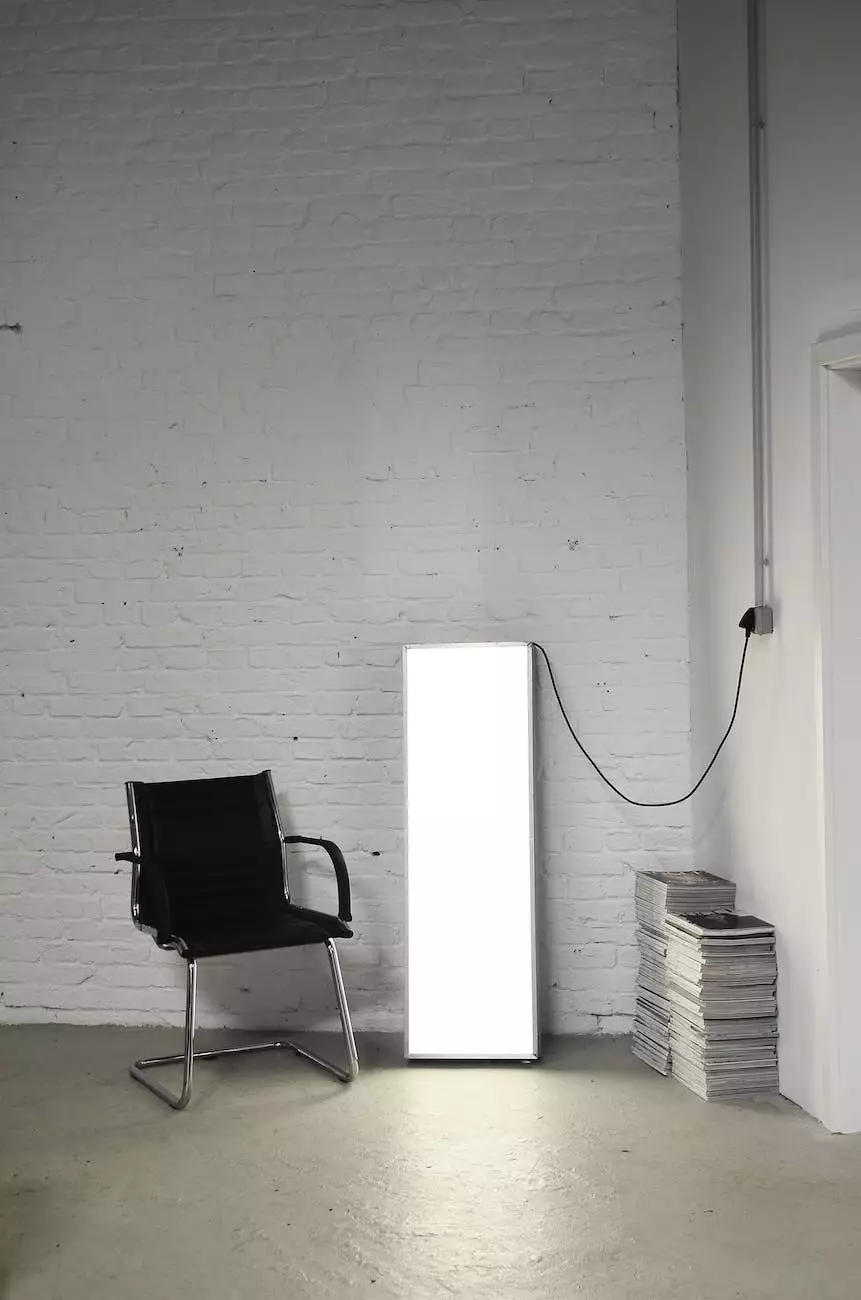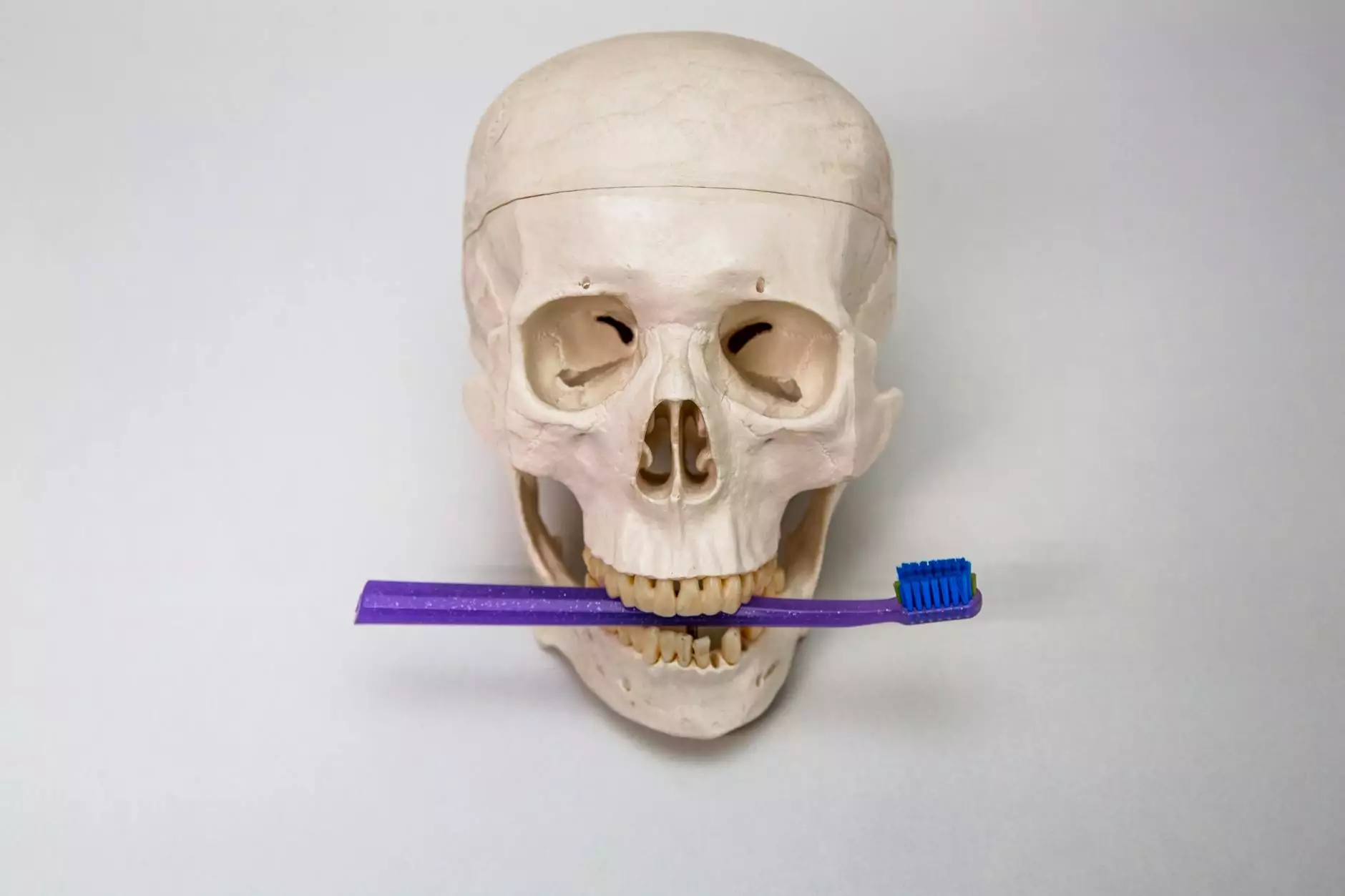Instrument Cluster Removal and Component Replacement
Chassis
Introduction
Welcome to Grafco Electric's comprehensive guide on instrument cluster removal and component replacement. In this detailed tutorial, we will walk you through the process of removing and replacing instrument clusters and their components. Whether you are a DIYer, a car enthusiast, or a professional mechanic, this guide will provide you with the necessary knowledge and step-by-step instructions to successfully complete the task.
Why Is Instrument Cluster Removal and Component Replacement Important?
The instrument cluster is a vital part of your vehicle's dashboard, providing you with crucial information about speed, fuel levels, engine temperature, warning lights, and more. Over time, these clusters can develop issues such as malfunctioning gauges, burnt-out bulbs, or a complete failure, impacting your ability to monitor your vehicle's performance accurately.
When faced with these problems, it becomes essential to remove and replace the instrument cluster or its components to ensure proper functioning and maintain your driving safety. While this task may seem daunting at first, our detailed guide will equip you with the knowledge and confidence needed to tackle it successfully, saving you time and money on professional repairs or replacements.
Step-by-Step Guide to Instrument Cluster Removal and Component Replacement
1. Gather the Necessary Tools
Before starting the removal process, make sure you have all the required tools at hand. These may include:
- Screwdrivers (both Phillips and flat-head)
- Pliers
- Socket and wrench set
- Trim removal tools
- Electrical contact cleaner
2. Disconnect the Battery
Begin by disconnecting the vehicle's battery to prevent potential electrical hazards during the process. Locate the battery and use the appropriate tool to remove the negative (-) terminal connection. This will ensure your safety and prevent any accidental damage to electrical components.
3. Remove the Dashboard Trim
Start by locating and removing any trim pieces covering the instrument cluster. These trim pieces may be held in place by screws or clips. Carefully remove them using the appropriate tools, taking care not to damage any surrounding components. Keep track of the removed screws and clips, ensuring their safe storage for reassembly later.
4. Disconnect Electrical Connections
Once the trim pieces are removed, you will gain access to the instrument cluster. Identify the electrical connections attached to the cluster and carefully disconnect them. Take note of the specific connections and their locations, as this will facilitate the reassembly process later.
5. Remove the Instrument Cluster
Now that the electrical connections are disconnected, locate the screws or bolts securing the instrument cluster in place. Unscrew or unbolt them using the appropriate tools, ensuring you don't lose any fasteners in the process. With the fasteners removed, gently pull out the instrument cluster, taking care not to damage any wiring or components attached to it.
6. Replace Faulty Components
If you are replacing specific components within the instrument cluster, carefully remove them one by one. This may include malfunctioning gauges, bulbs, or circuit boards. Use caution and refer to your vehicle's repair manual or specific instructions for detailed guidance on replacing these components.
7. Install the New Instrument Cluster or Components
If you have acquired a new instrument cluster or replaced the faulty components, align them properly with the mounting points, wiring, and fasteners. Ensure a secure fit, then reattach and tighten any screws or bolts as necessary. Reconnect the electrical connections, referring to your earlier notes if needed.
8. Reassemble the Dashboard Trim
With the new instrument cluster or components in place, carefully reassemble the dashboard trim pieces you previously removed. Start by aligning them correctly and using screws or clips to secure them. Take your time to ensure a tight fit and uniform appearance. Avoid overtightening screws as this may damage the trim or surrounding components.
9. Reconnect the Battery and Test
Once you have reassembled the dashboard trim, reconnect the vehicle's battery by reattaching the negative (-) terminal connection. This will restore power to the instrument cluster. Turn on the ignition and test the cluster's functionality. Check that all gauges, lights, and warning indicators are working correctly.
Congratulations! You have successfully completed the instrument cluster removal and component replacement process. By following our detailed guide, you have saved time and money while maintaining your driving safety. If you encountered any difficulties during the process, consult a professional mechanic or refer to your vehicle's repair manual for further assistance.
Conclusion
At Grafco Electric, we understand that instrument cluster removal and component replacement can be challenging tasks. That's why we have created this comprehensive guide to equip you with the necessary knowledge and step-by-step instructions to complete them successfully. By following our detailed guide, you can enjoy the benefits of accurate instrument cluster functionality without breaking the bank.
Remember, whether you're a DIY enthusiast or a professional mechanic, having the right information and guidance is key. Share this valuable resource with others who may benefit from learning about instrument cluster removal and component replacement. Safe driving!









